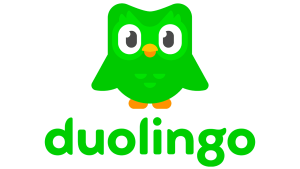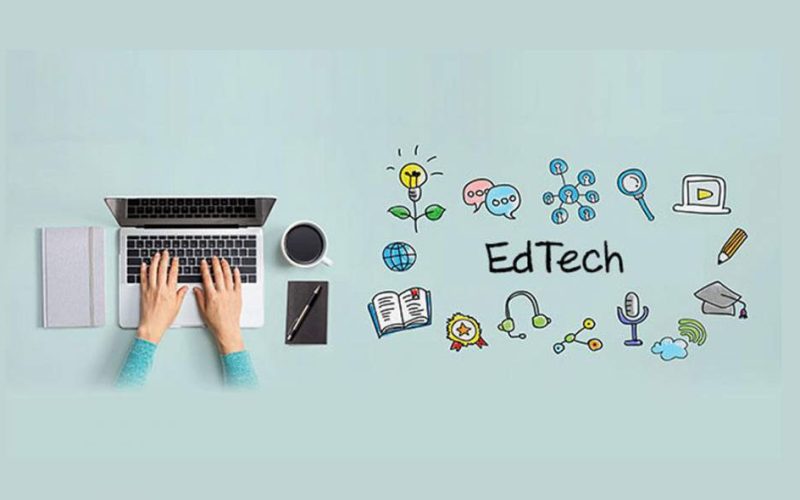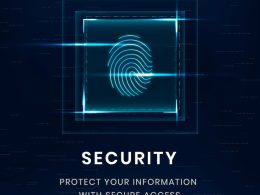In recent years, the term Edtech—short for educational technology—has gained significant traction, revolutionizing the way we perceive and engage with education. The integration of technology into educational settings has transformed traditional teaching methods, offering innovative tools that foster personalized learning, enhance collaboration, and streamline classroom management. This article explores what Edtech is, its benefits for students and teachers, and provides practical examples of how it is reshaping education today.
Understanding Edtech
Educational technology refers to the use of technology in teaching and learning processes. It encompasses a wide array of tools, resources, and methodologies designed to facilitate learning. From online platforms and interactive software to mobile applications and virtual classrooms, Edtech aims to improve educational outcomes by making learning more engaging, accessible, and effective.
The Evolution of Edtech
The concept of using technology in education is not new. In the past, educational tools like overhead projectors and VHS tapes were common. However, the advent of the internet, smartphones, and cloud computing has exponentially increased the potential of Edtech. Today, students can access a wealth of information and learning resources from anywhere in the world, breaking down barriers to education and promoting lifelong learning.
Benefits of Edtech for Students

Edtech offers numerous advantages that directly impact students’ learning experiences. Here are some key benefits:
1. Personalized Learning
One of the most significant advantages of personalized learning is its ability to cater to the unique needs of each student. Edtech tools allow educators to create customized learning plans based on individual strengths, weaknesses, and interests. For instance, platforms like Khan Academy provide tailored lessons that adapt to a student’s learning pace, ensuring they grasp concepts before moving on.
Example: A student struggling with algebra can use online resources to access supplementary materials and practice exercises designed specifically for their level. This personalized approach helps to enhance comprehension and confidence, leading to better academic performance.
2. Increased Collaboration
Edtech promotes collaboration among students, enabling them to work together on projects, share ideas, and solve problems collectively. Cloud-enabled tools, such as Google Classroom and Microsoft Teams, facilitate real-time communication and collaboration, allowing students to engage in group activities, even if they are miles apart.
Example: In a project-based learning scenario, students can use a shared online document to collaborate on a presentation, providing feedback to each other in real time. This collaborative environment encourages teamwork and improves interpersonal skills.
3. 24/7 Access to Learning
With the rise of IoT devices, students have unprecedented access to educational materials and resources at any time. This flexibility allows learners to study at their own pace, fitting their education into their schedules. Whether they are at school, on the bus, or at home, connected devices enable students to complete assignments and review lessons whenever they choose.
Example: A student can watch a recorded lecture on their tablet while commuting or complete a math assignment using an educational app. This level of accessibility ensures that learning is not confined to the classroom and empowers students to take charge of their education.
4. Flipping the Classroom
The traditional classroom model, where students listen to lectures and complete homework assignments at home, is evolving. Flipped classrooms leverage Edtech tools to allow students to watch video lectures at home, freeing up class time for collaborative work and interactive discussions.
Example: A teacher can assign a video lecture on the scientific method for homework. During class, students can engage in hands-on experiments, applying what they learned in the video. This approach fosters a deeper understanding of the material and encourages active participation.
5. Attention-Grabbing Lessons
In an age filled with distractions, engaging students is crucial. Edtech tools help craft attention-grabbing lessons that keep students interested and involved. Innovative approaches, such as gamification, use game-like elements to make learning fun and interactive.
Example: Platforms like Quizlet allow teachers to create quizzes and games that reinforce learning concepts. By turning assessments into interactive challenges, students are more likely to participate actively and retain information.
Benefits of Edtech for Teachers
Edtech not only enhances the learning experience for students but also provides significant advantages for educators. Here are some key benefits for teachers:
1. Automated Grading
Grading can be one of the most time-consuming tasks for teachers. However, automated grading tools powered by artificial intelligence (AI) are transforming this process. These tools can quickly assess assignments, providing immediate feedback to students.
Example: Platforms like Gradescope allow teachers to upload assignments and automatically grade multiple-choice questions, freeing up valuable time for educators to focus on instruction and student engagement.
2. Classroom Management Tools
Managing a classroom effectively is essential for creating a conducive learning environment. Edtech offers various classroom management tools that streamline communication between teachers, students, and parents.
Example: Apps like ClassDojo enable teachers to send reminders about homework assignments, track student behavior, and provide feedback to parents. This transparency fosters collaboration and encourages students to take responsibility for their learning.
3. Paperless Classrooms

The shift towards paperless classrooms is another significant benefit of Edtech. By using digital platforms for assignments and resources, teachers can reduce their reliance on printed materials, promoting eco-friendly practices.
Example: Instead of handing out paper worksheets, a teacher can create digital assignments using tools like Google Forms. This not only reduces paper waste but also simplifies the process of collecting and grading assignments.
4. Eliminating Guesswork in Assessments
Edtech tools can help teachers better understand their students’ needs by providing real-time data analysis. This information allows educators to identify areas of improvement and tailor their instruction accordingly.
Example: Platforms like Edmodo offer analytics that track student performance, enabling teachers to see which concepts students struggle with. By analyzing this data, teachers can adjust their lesson plans and provide targeted support to those who need it most.
Examples of Edtech Tools in Action
To illustrate the impact of Edtech further, let’s explore some popular tools currently transforming education:
1. Google Classroom
Google Classroom is a widely used platform that facilitates communication, assignment management, and collaboration between students and teachers. It allows educators to create and distribute assignments, provide feedback, and monitor student progress in real time.
2. Kahoot!
Kahoot! is a game-based learning platform that enables teachers to create quizzes and interactive games. This tool encourages student engagement and makes learning fun by allowing students to compete in a friendly environment.
3. Nearpod
Nearpod is an interactive presentation tool that allows teachers to create engaging lessons with multimedia content. Students can participate in real-time polls, quizzes, and activities, fostering active learning and collaboration.
4. Zoom
Zoom has become an essential tool for remote learning, allowing teachers to conduct live classes, host discussions, and engage students in real time. It supports video conferencing, screen sharing, and breakout rooms for collaborative group work.
5. Duolingo

Duolingo is a language-learning platform that uses gamification to teach new languages. With bite-sized lessons and interactive exercises, it makes language acquisition fun and accessible for learners of all ages.
Challenges and Considerations
While the benefits of Edtech are numerous, there are also challenges and considerations that educators and institutions must address:
1. Digital Divide
The digital divide refers to the gap between those with access to technology and those without. Ensuring that all students have equal access to Edtech tools is crucial for creating an inclusive learning environment.
2. Training and Support
Teachers may require training and ongoing support to effectively integrate Edtech into their classrooms. Professional development programs can help educators stay updated on the latest tools and teaching strategies.
3. Data Privacy and Security
With the increased use of digital tools comes the responsibility of protecting student data. Educational institutions must implement strong privacy policies and security measures to safeguard sensitive information.
The Future of Edtech
As technology continues to evolve, the future of Edtech looks promising. Innovations such as artificial intelligence, virtual reality, and augmented reality have the potential to further enhance educational experiences. By embracing these advancements, educators can create more engaging and effective learning environments.
Conclusion
In conclusion, Edtech is revolutionizing the way we approach education. Its ability to offer personalized learning experiences, foster collaboration, and streamline classroom management has transformed traditional teaching methods. By leveraging the power of technology, educators can create engaging and effective learning environments that meet the diverse needs of students. As we move forward, it is essential to continue exploring the potential of Edtech while addressing the challenges that arise, ensuring that all students have access to the benefits of technology in education.
In a world where education is constantly evolving, embracing educational technology is not just an option; it’s a necessity for preparing students for the future.










